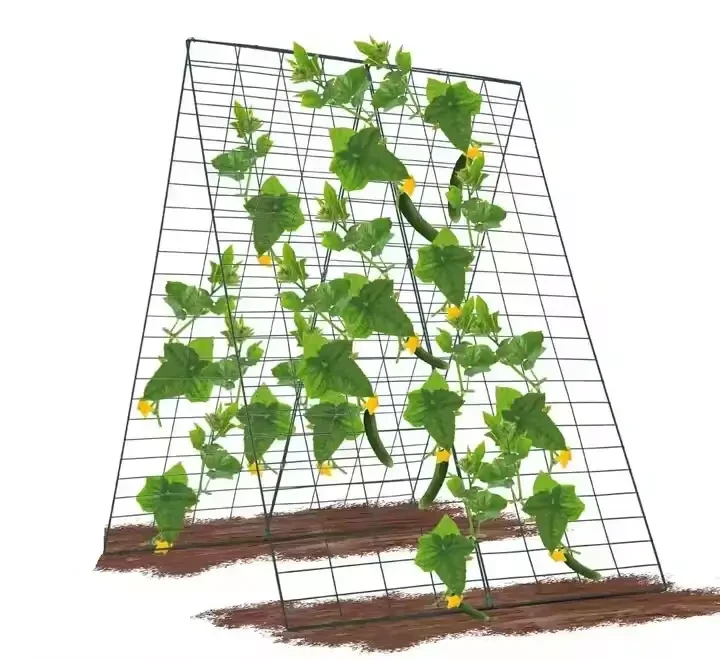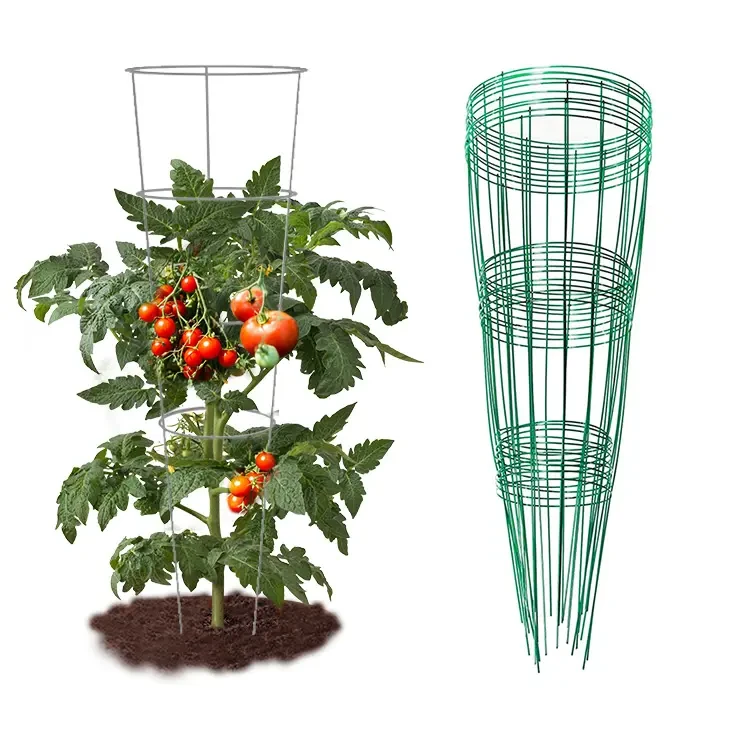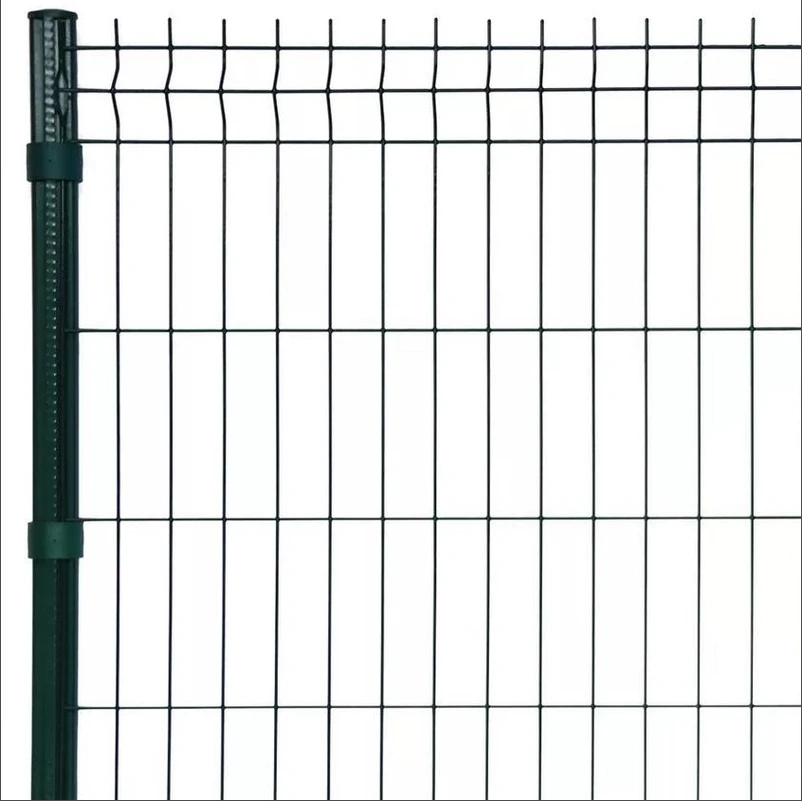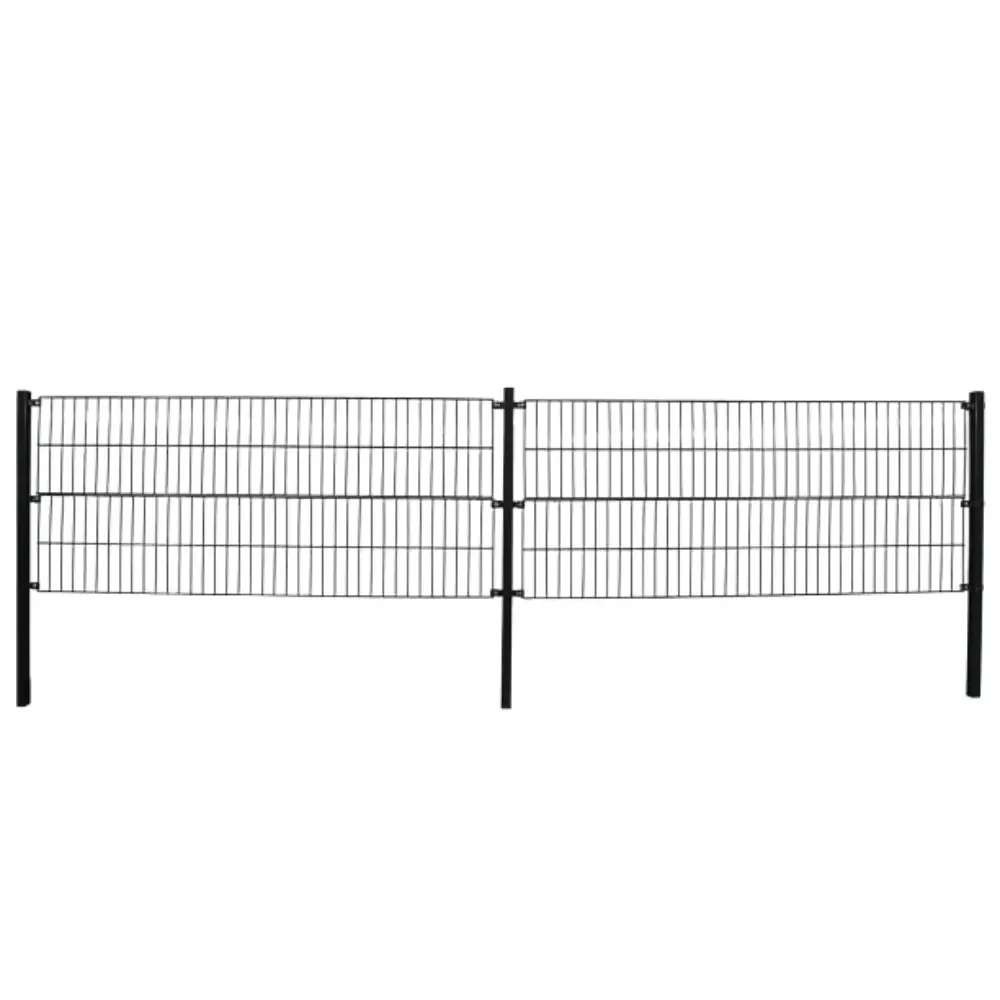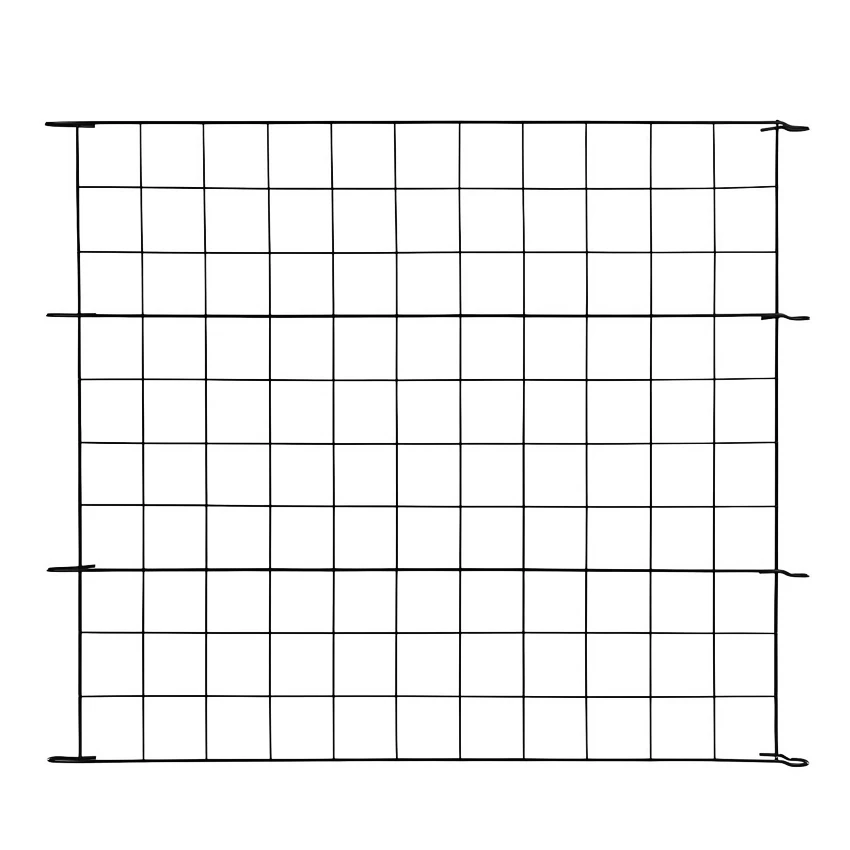-

-
 Whatsapp:+86 17732187393
Whatsapp:+86 17732187393 -


- Afrikaans
- Albanian
- Amharic
- Arabic
- Armenian
- Azerbaijani
- Basque
- Belarusian
- Bengali
- Bosnian
- Bulgarian
- Catalan
- Cebuano
- Corsican
- Croatian
- Czech
- Danish
- Dutch
- English
- Esperanto
- Estonian
- Finnish
- French
- Frisian
- Galician
- Georgian
- German
- Greek
- Gujarati
- haitian_creole
- hausa
- hawaiian
- Hebrew
- Hindi
- Miao
- Hungarian
- Icelandic
- igbo
- Indonesian
- irish
- Italian
- Japanese
- Javanese
- Kannada
- kazakh
- Khmer
- Rwandese
- Korean
- Kurdish
- Kyrgyz
- Lao
- Latin
- Latvian
- Lithuanian
- Luxembourgish
- Macedonian
- Malgashi
- Malay
- Malayalam
- Maltese
- Maori
- Marathi
- Mongolian
- Myanmar
- Nepali
- Norwegian
- Norwegian
- Occitan
- Pashto
- Persian
- Polish
- Portuguese
- Punjabi
- Romanian
- Russian
- Samoan
- scottish-gaelic
- Serbian
- Sesotho
- Shona
- Sindhi
- Sinhala
- Slovak
- Slovenian
- Somali
- Spanish
- Sundanese
- Swahili
- Swedish
- Tagalog
- Tajik
- Tamil
- Tatar
- Telugu
- Thai
- Turkish
- Turkmen
- Ukrainian
- Urdu
- Uighur
- Uzbek
- Vietnamese
- Welsh
- Bantu
- Yiddish
- Yoruba
- Zulu
High-Voltage Electric Fence for Farm Animals Safe & Durable Protection
- Understanding Electric Fences for Farm Animals
- Voltage Requirements for Effective Livestock Management
- Technical Advantages Over Traditional Fencing Systems
- Comparative Analysis of Leading Electric Fence Manufacturers
- Custom Solutions for Diverse Farming Needs
- Practical Applications: Pigs and Electric Fencing
- Final Considerations for Long-Term Farm Security
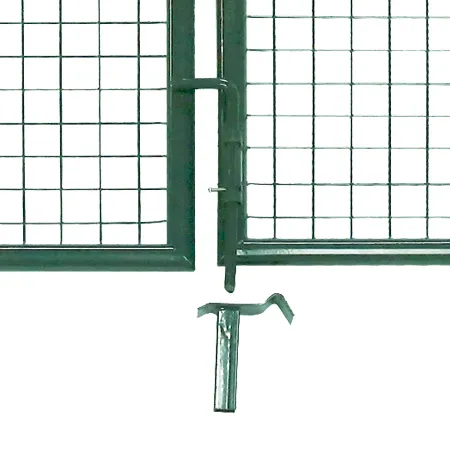
(electric fence for farm animals)
Electric Fence Systems: Essential Protection for Modern Farms
Modern agriculture requires robust solutions to keep livestock secure. Electric fences for farm animals have become a cornerstone technology, combining psychological deterrence with physical barriers. Studies show properly installed systems reduce livestock escape incidents by 82% compared to conventional fencing. These systems work by delivering controlled pulses, typically between 6-10 kV, creating memorable but harmless discouragement for animals.
Optimizing Voltage for Animal Safety and Efficiency
Farm electric fence voltage requires precise calibration. While cattle fences operate effectively at 3,000-4,000 volts, pigs need stronger 5,000-6,000 volts due to their thicker skin layers. Advanced energizers now feature automatic voltage adjustment, maintaining optimal power levels regardless of vegetation growth or weather conditions. This adaptability ensures 98% containment efficiency across seasons.
Technological Superiority in Livestock Management
Contemporary electric fencing solutions offer distinct advantages:
- • Solar-powered operation reducing energy costs by 40%
- • Smart monitoring via mobile apps (remote status checks)
- • Multi-zone control for rotational grazing systems
Field tests demonstrate these systems require 35% less maintenance than traditional barbed wire installations while providing superior predator protection.
Market Leaders in Agricultural Fencing Technology
| Brand | Voltage Range | Coverage (miles) | Warranty | Price Tier |
|---|---|---|---|---|
| Gallagher X100 | 2-9 kV | 25 | 5 years | $$$ |
| Patriot P5 Solar | 3-7 kV | 18 | 3 years | $$ |
| Zareba EAC50 | 4-10 kV | 30 | 7 years | $$$$ |
Tailored Configurations for Specific Farming Operations
Custom electric fence solutions address unique challenges:
- • Rotational grazing systems with automated zone switching
- • Hybrid fencing combining electric and physical barriers
- • Portable units for temporary pasture management
A dairy farm in Wisconsin reported 94% cost reduction in fence repairs after implementing modular electric fencing components.
Effective Porcine Containment Strategies
When containing pigs with electric fences, specific parameters ensure success:
- • Minimum 5,000 volts output
- • 20-30 cm wire spacing
- • Underground grounding systems
Trials show proper implementation reduces pig escape attempts by 91% within 48 hours of installation.
Electric Fencing: Sustainable Farm Security Solutions
Modern electric fences for farm animals represent more than temporary fixes - they're long-term investments in agricultural infrastructure. With proper maintenance, quality systems maintain 90% effectiveness for 8-12 years, outperforming traditional fencing's 5-7 year lifespan. As farming operations expand, scalable electric solutions adapt to changing needs while maintaining operational continuity.

(electric fence for farm animals)
FAQS on electric fence for farm animals
Q: Is an electric fence safe for farm animals?
A: Yes, when properly installed and maintained, electric fences deliver a short, safe pulse that deters animals without causing harm. Always follow voltage guidelines for specific species.Q: What voltage is recommended for a farm electric fence?
A: Most farm electric fences operate between 3,000 to 10,000 volts. Adjust voltage based on animal size and behavior (e.g., pigs may require higher settings).Q: Can electric fences effectively contain pigs?
A: Yes, pigs respond well to electric fences, but ensure the voltage is 5,000-10,000 volts and use sturdy posts. Pigs may test fences initially but learn to avoid them.Q: How do I install an electric fence for livestock?
A: Use insulated posts, ground rods, and high-quality wire/tape. Ensure proper grounding and test voltage regularly. Follow spacing guidelines based on animal type.Q: How often should I check my farm electric fence voltage?
A: Test voltage weekly and after extreme weather. Use a voltmeter to ensure consistent output, as vegetation or faults can reduce effectiveness.-
Galvanized Raised Garden Beds for Sale – Durable Metal Design, Affordable PricesNewsJul.29,2025
-
High Quality Galvanised Wire Mesh Panels for Fencing SolutionsNewsJul.29,2025
-
Premium Wooden Dog Crates for Sale – Durable & Stylish Kennel SolutionsNewsJul.29,2025
-
Cheap Best Seller Privacy Screen Fence Strips Pattern - Durable & StylishNewsJul.28,2025
-
Outdoor Decor Metal Arched Flower Bed Edging Wire Border Fence for PatioNewsJul.28,2025
-
Popular Customized Size Wpc or Vinyl Fence Post Ball Caps for Durable FencingNewsJul.26,2025
